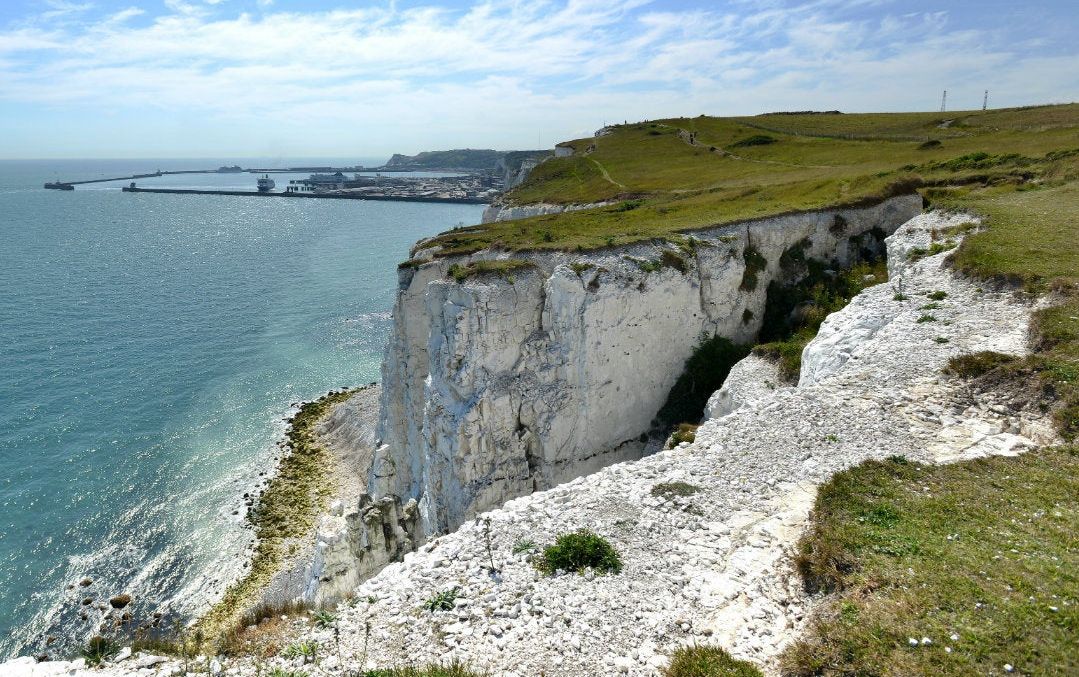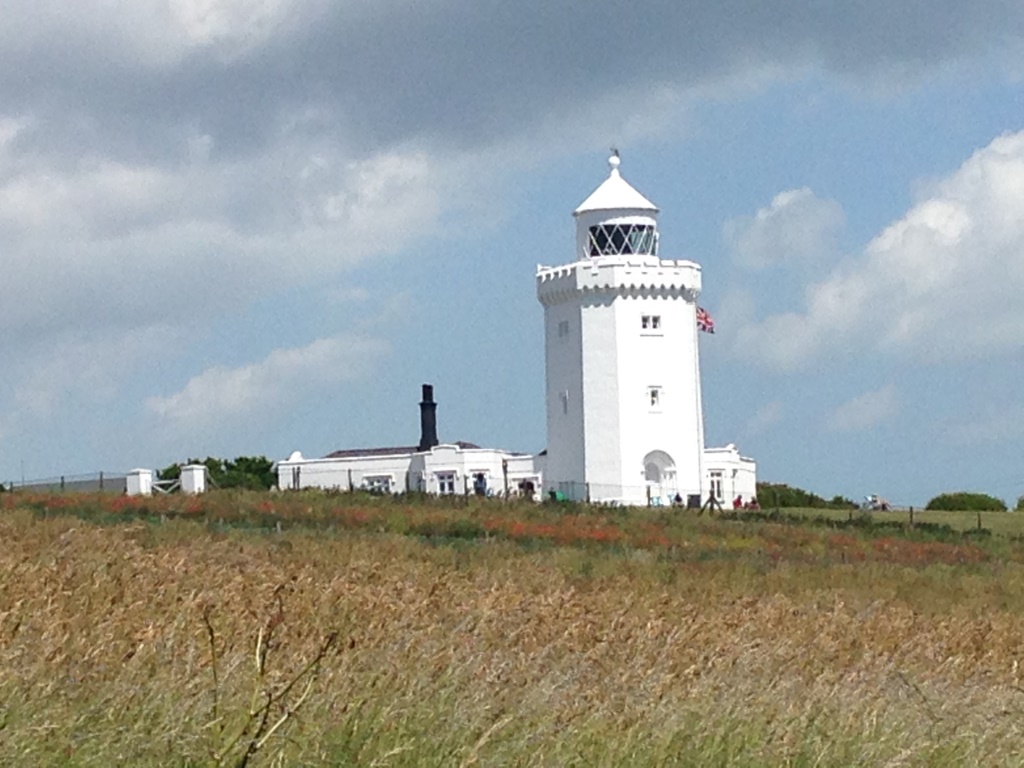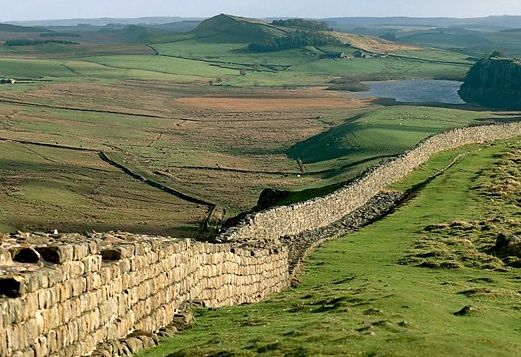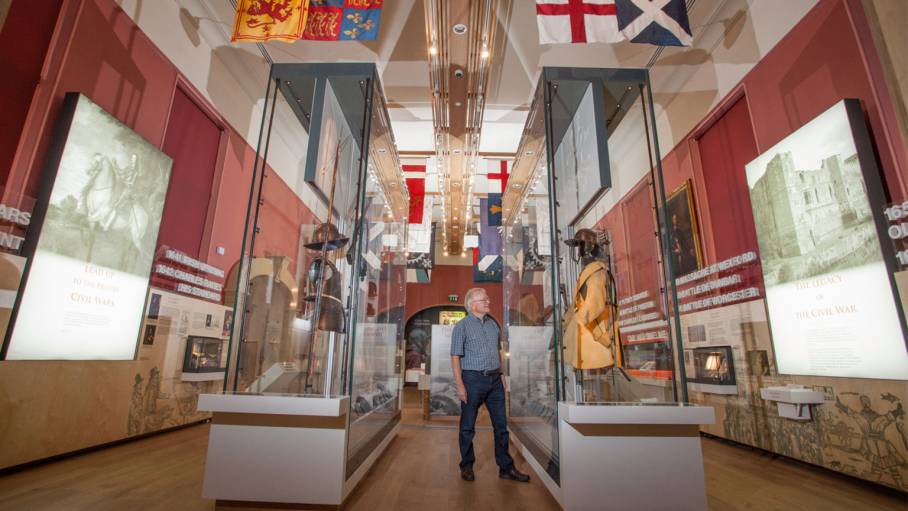The coming month of August is the traditional holiday period for all schools in the United Kingdom although it is true that for Scotland the last week in the month is when they start up again (not Northern Ireland).
 Business Travel News strongly believes that everyone should take their holidays where they planned to visit before the terrible pandemic. The airlines, airports and all involved with international travel want the consumer to get up and away. However, for many that is just not possible. So it is stay at home for summer 2020 and hopefully a long-haul winter break with plenty of sunshine.
Business Travel News strongly believes that everyone should take their holidays where they planned to visit before the terrible pandemic. The airlines, airports and all involved with international travel want the consumer to get up and away. However, for many that is just not possible. So it is stay at home for summer 2020 and hopefully a long-haul winter break with plenty of sunshine.
One can take a seaside holiday or visit any number of places inland. The coastline of what we call the mainland is 1,700 miles long without including the numerous inlets, small islands, and river mouths. Plenty of places to visit.
Visit Britain covers all four home countries and is the place to start when organising a holiday.
With this week’s BTN we look at two special organisations who hopefully will be hosting many in the coming month. Both are worth joining if you are not already a member.
 THE NATIONAL TRUST goes back a long way and in 1895 was called “The National Trust for Places of Historic Interest or Natural Beauty”. It is an independent charity and membership organisation for environmental and heritage conservation in England, Wales and Northern Ireland. In Scotland, there is a separate and independent National Trust for Scotland.
THE NATIONAL TRUST goes back a long way and in 1895 was called “The National Trust for Places of Historic Interest or Natural Beauty”. It is an independent charity and membership organisation for environmental and heritage conservation in England, Wales and Northern Ireland. In Scotland, there is a separate and independent National Trust for Scotland.
One of the largest landowners in the United Kingdom, the Trust owns over 250,000 hectares and 780 miles of coast. It also cares for over 500 historic houses, castles, archaeological and industrial monuments, gardens, parks and nature reserves.
Most properties are open to the public for a charge (members have free entry), while open spaces are free to all. As well as the great estates of titled families, it has acquired smaller houses including some whose significance is not architectural but through their association with famous people, for example the childhood homes of Paul McCartney and John Lennon. The White Cliffs of Dover are owned by the National Trust. In these Covid-19 days it has struggled to keep its properties safe and where possible open to the public. As we sign off this edition of Business Travel News some 130 gardens and parklands are open as well as more than 200 coast and countryside car parks in England, Northern Ireland and Wales. Seven houses in England and Northern Ireland are now allowing building entry, part of a pilot scheme to welcome back visitors to its houses and buildings. Advanced bookings are available at some places to help manage visitor numbers and maintain safe, social distancing, even if you're a member. Sadly, if you don't book, you'll be turned away. New tickets are released on a Friday for the following week.
Whilst the Giant’s Causeway in County Antrim is the most popular site (7,38k visitors in 2019), Altringham Park (511k) and the magnificent Altringham Hall leads in terms of buildings closely followed by Cliveden (499k) and Waddesdon Manor (471k). The word ‘attraction’ does not cover this huge estate and the Trust has always been mindful of children’s requirements, and the need of refreshment cover for visitors. Many sites have special facilities for youngsters. In order not be disappointed do check on the individual website before visiting. When it comes to ‘Staycation’ National Trust has over 400 unique cottages to cosy cottages in the hills, manor houses and even a lighthouse or two. Also beginning to open available are a limited number of bunkhouses in spectacular locations and within easy reach of national parks, beautiful countryside, unspoilt coastlines and landscape parks.
When it comes to ‘Staycation’ National Trust has over 400 unique cottages to cosy cottages in the hills, manor houses and even a lighthouse or two. Also beginning to open available are a limited number of bunkhouses in spectacular locations and within easy reach of national parks, beautiful countryside, unspoilt coastlines and landscape parks.
National Trust also owns a number of hotels leased out to local management including Bodysgallen Hall (Llandudno), Hartwell House Hotel (Aylesbury), Middlethorpe Hall Hotel (York), Hunter's Inn (Exmoor), and The Causeway Hotel (County Antrim). ENGLISH HERITAE (officially the English Heritage Trust) is a charity that manages over 400 historic monuments, buildings and places. These include prehistoric sites, medieval castles, Roman forts and country houses. The charity states that it uses these properties to "bring the story of England to life for over 10 million people each year". Within its portfolio are Stonehenge, Dover Castle, Tintagel Castle and the best preserved parts of Hadrian's Wall. English Heritage also manages the London Blue Plaque scheme, which links influential historical figures to particular buildings.
ENGLISH HERITAE (officially the English Heritage Trust) is a charity that manages over 400 historic monuments, buildings and places. These include prehistoric sites, medieval castles, Roman forts and country houses. The charity states that it uses these properties to "bring the story of England to life for over 10 million people each year". Within its portfolio are Stonehenge, Dover Castle, Tintagel Castle and the best preserved parts of Hadrian's Wall. English Heritage also manages the London Blue Plaque scheme, which links influential historical figures to particular buildings.
As with National Trust in order to help keep everyone safe, it has bookable arrival time slots and is limiting visitor numbers by about a third. Because of this visitors will need to book in advance and show the confirmation upon arrival – either as a printout or on a mobile device. English Heritage is expecting a high demand for tickets, and so emphasises that if making a booking it should be honoured. From Saturday 1 August, every English Heritage site will once again be open to explore and enjoy. Whilst entry is free to members they too will have to book. Stonehenge is perhaps English Heritage’s most famous site offering. Its estate also includes Carisbrooke Castle and Osborne House on the Isle of Wight, and in London Kenwood in rural Hampstead plus the Wellington Arch and nearby Apsley House, the home of The Duke of Wellington.
Stonehenge is perhaps English Heritage’s most famous site offering. Its estate also includes Carisbrooke Castle and Osborne House on the Isle of Wight, and in London Kenwood in rural Hampstead plus the Wellington Arch and nearby Apsley House, the home of The Duke of Wellington.
Around 200 free-to-enter sites are already open, including places such as Iron Bridge, Caister Roman Fort, and many parts of Hadrian’s Wall. There’s no need to book your visits to free-to-enter sites.
As a keen supporter of Brooklands Museum, the world’s first purpose-built motor racing circuit and birthplace of the Vickers Vimy, Hawker Hurricane, Wellington Bomber and arguably of course Concorde, Business Travel News can confirm its reopening 1 August. Book your timed-entry. It's not far from Heathrow near the junction of the M25 and M3.
www.visitbritain.com/gb/en www.english-heritage.org.uk
www.nationaltrust.org.uk
www.brooklandsmuseum.com
